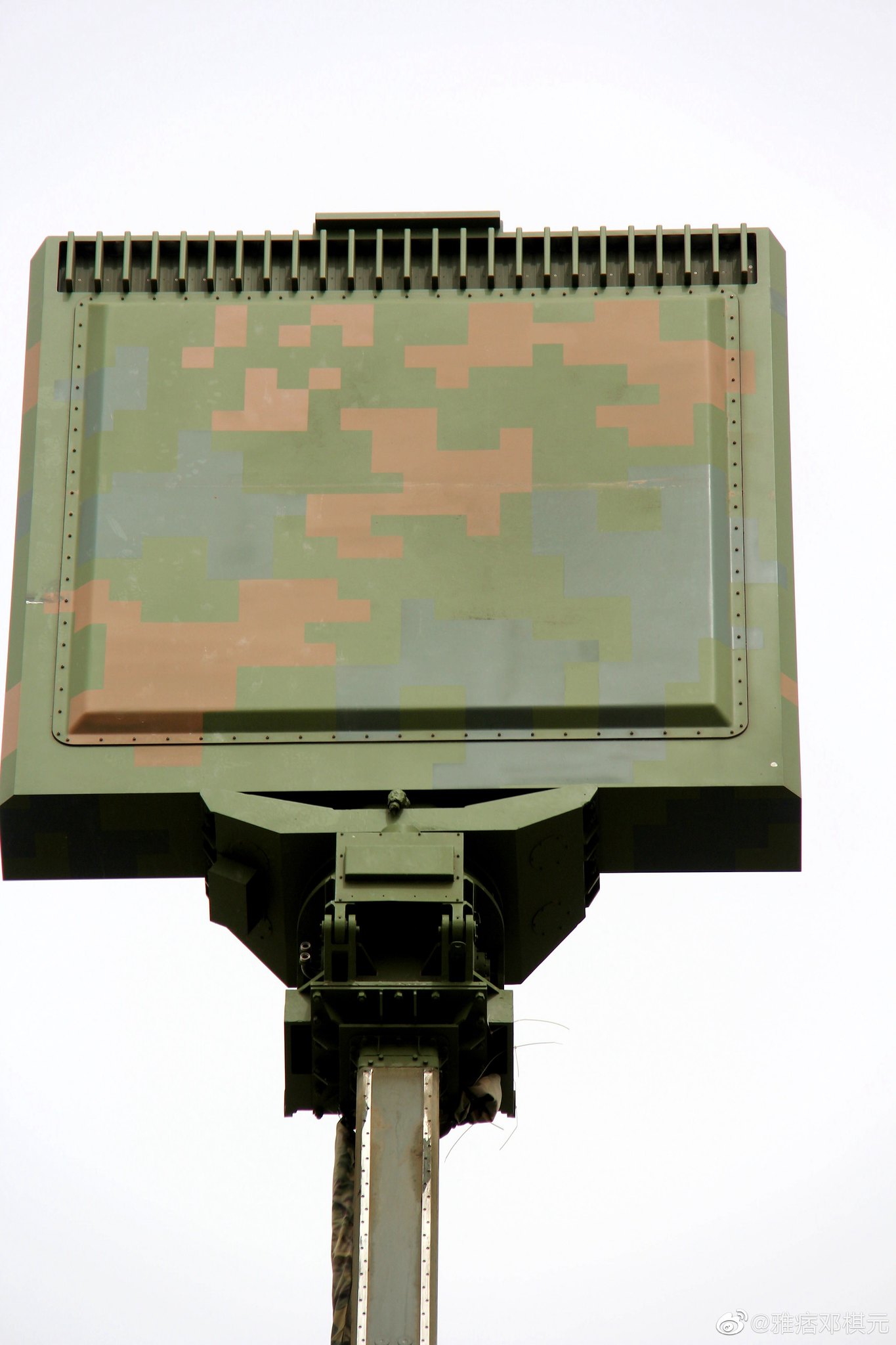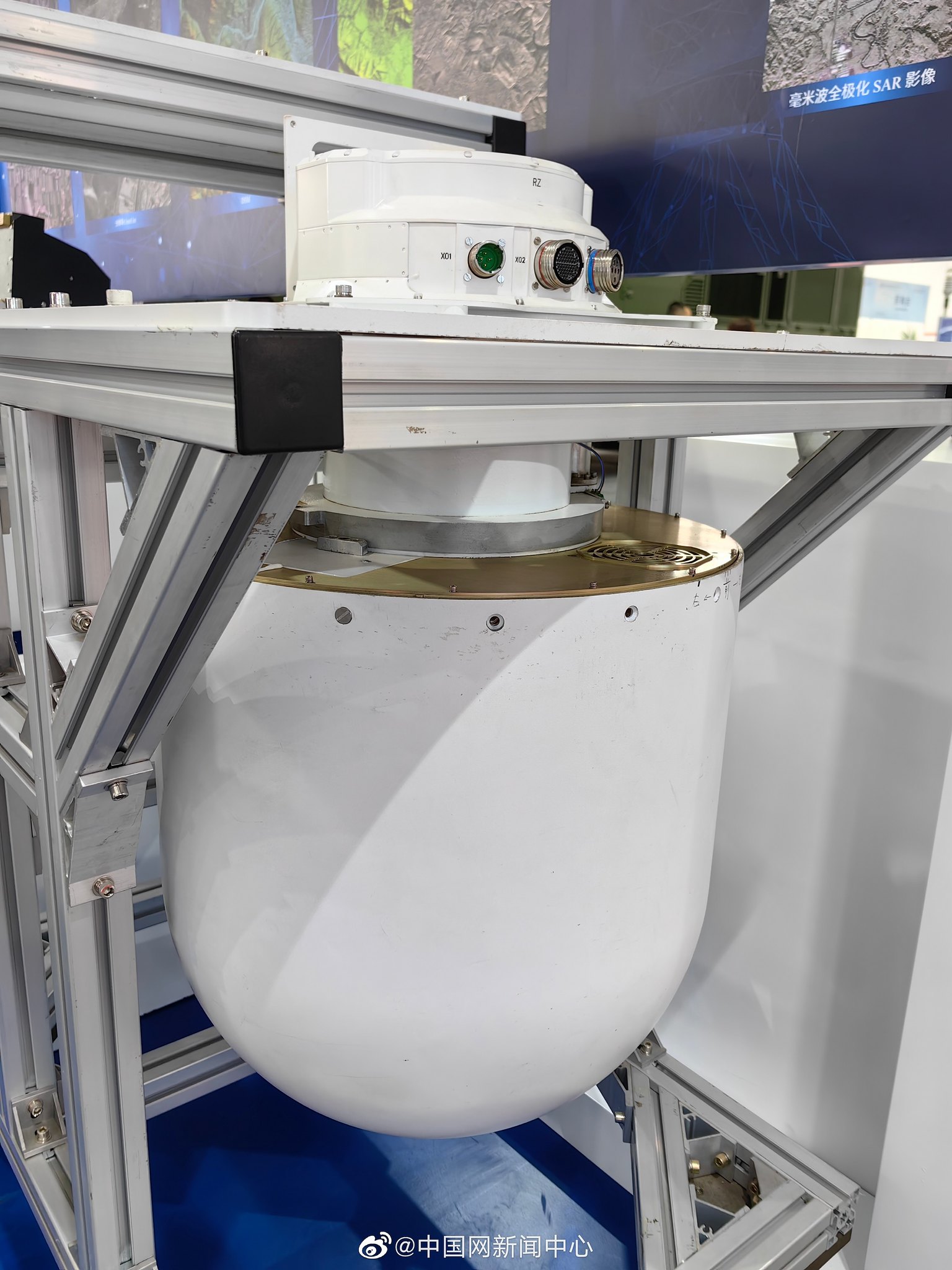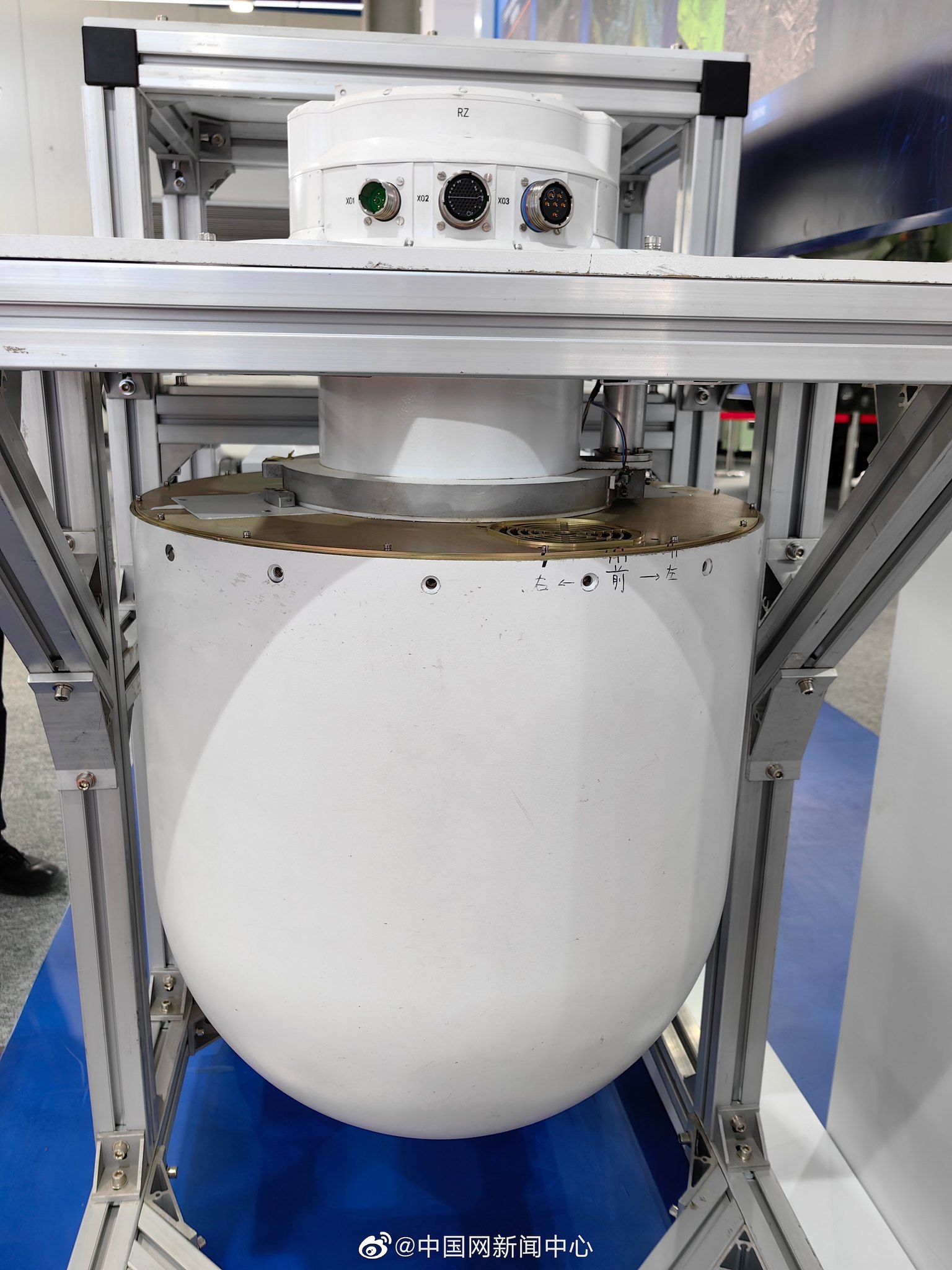General comment, quotes for reference:
I mean, this will mean this radar is horrible. Strictly speaking, even good modern digital slotted arrays have enough range, with nowhere near AESA beam specs.
AESA is an antenna array type. It says nothing about the characteristics of the radar itself because they depend on a multitude of factors A modern long-range missile can have an AESA radar and that radar will have characteristics inferior to a slotted array radar carried by a fighter jet because the latter will have greater energy, greater physical aperture size, greater computing power etc. In practical terms such pairing doesn't make much sense but it is possible so it can illustrate the difference.
As long as you forget about transmission standards (2G, 3G, 4G, 5G etc) a good metaphor is to visualise the difference between AESA, PESA and slotted arrays like the difference between:
- modern smartphone with a touchscreen and universal OS
- older smartphone phone without a touchscreen and universal OS
- traditional mobile phone
Today it doesn't make any sense to make traditional mobile phones because the loss of functionality and inter-operability outweighs the savings. But at the same time there are traditional mobile phones which would have better reception and longer battery life.
AESA is a flexible array, it can simultaneously scan, track multiple targets both airborne and surface as well as support active datalinks and is more limited by the
computer than the array. A slotter array can't do it. It's like a mechanical clock compared to an electronic one. Which is why it makes more sense to put a weak AESA instead of stronger slotted array if range isn't essential.
Signal energy dissipates over distance proportionally to the inverse of square of distance because the surface of the spherical wave increases proportional to square of radius.
You can't do anything about the larger distances, because they requirement for power is too great. But AESA can greatly help with shorter distances because those too have to deal with jamming, clutter and general resolution issues. Even at lower power and lower ranges having AESA is better because the quality of the picture that the radar is receiving is better in all conditions - especially with EW ongoing.
The EM spectrum is a battlefield where you have to
physically fight for information. EM spectrum is like a sheet of paper over which you and the enemy are simultaneously drawing. You have to be able to draw in such a manner that it remains legible even as the enemy attempts to disrupt it. On the most fundamental level your information has to have greater energy than the enemy information otherwise EM will only transmit the enemy information. And that's something that AESA radars are better than traditional slotted arrays.
It is possible to have a slotted array with higher power and miss a VLO target at closer range while an AESA with lower power will see it further away because the resolution of both radars is different. Another analogy:
- high power vs low power is how loud you're talking
- AESA vs PESA vs slotted array is how intelligibly you're talking.
High power slotted array can mumble very loudly. Low power AESA can whisper very clearly.
AESA is also a technological stage of how an antenna array is constructed. When you have AESA production lines at certain production volume it simply doesn't make sense to not produce AESA even at an additional cost per unit, because of how economies of scale work. Sometimes paying more for everything is allowing you to pay less for the most important thing.
The above paragraph also applies to missile technology.
Rafale's significantly smaller array serves longer-ranged engagements just fine. also, no one cares it can't really exploit everything out of meteor, because even longer ranges for this fighter are probably only useful for commercial promotion.
Missiles don't have "range". They have "energy". Apologies for the equations because they're not proper equations but they do explain the basics.
Missile acquires total energy
E from three sources:
- potential energy Ep at launch (altitude)
- kinetic energy Ek of carrier at launch (velocity)
- energy imparted via specific impulse I of the motor
E= Ep + Ek + I
Then over the course of the flight the missile expends that energy with additional factors being physical conditions in the atmosphere (general air resistance( R and gravitation G which bleeds potential energy and energy loss due to aerodynamic maneuver M. At no air resistance and no gravity the missile would travel infinite distance like in space. Air resistance and gravity provide fundamental limitation for maximum range. Maneuvers provide additional reduction.
E - (R + G) - (M) = 0
So it's all about energy gain and dissipation. Everything else is about the "how" of energy gain and dissipation.
This means that "longer range" missiles are really "greater specific impulse" missiles meaning how long the motor works and generates energy because that is the single most important factor for having a missile that has high energy
in all potential scenarios including fighting an enemy with energy advantage and/or a highly maneuverable target.
Everyone wants to have "no escape zone" to be as large as possible and that zone extends differently in different direction. Energy loss is different when the missile is going down than when it has to go up etc. There are long tables of data describing performance of any flying body because that is not intuitive at all.
Rafale is carrying Meteor not because Meteor has 160+ km maximum range but because it has e.g. 60+ km no escape zone and 120km effective range. Similarly PL-15 is carried not because it has greater range than PL-12 but because it has more energy at the same range that PL-12 has.
It is very difficult to score a kill at extreme ranges It is only possible when the target is completely oblivious and doesn't evade at all. At extreme ranges even the most basic maneuver is often sufficient. Russia scored a kill in Ukraine at approx. 200km by SAM but it was a fluke. Mostly they're using the very large R-37 to
suppress Ukrainian aircraft at 200km ranges and to bait radars because something has to monitor a missile that is not letting the target know it's targeting it by SARH.
Extreme ranges are not that useful. They're disclosed (with all the usual limitations) because they give a general idea of the energy of a missile without revealing how much energy it actually has.
The actual engagements occur at much closer ranges but they still have insufficient probability of kill, so that threshold is being slowly moved back and forth - by extending effective ranges and by lowering Pk via EW or VLO. The "angry red circles" of military wonks and talking heads are a convenient illusion for getting grants and repeating talking points.
All in all, i outright don't believe it. J-10c array by all measures and expectations is a decently powerful array.
It's not "decently powered". It's a
weak AESA. It may very well be weaker than all comparable AESA systems in other countries. There's plenty of evidence for that. It's also irrelevant for a
multitude of factors which influence tactics and operations more than radar range.
For example Rafale will be able to generate more power because it has two engines meaning it can better manage power load to sustain high energy emissions. F-22 will be able to generate even more power.
- J-10C / ~90kN engine / ~10t empty weight
- F-16 / ~80kN / ~8,5t
- Rafale / 2x ~50kN / ~10t
- F-22 / 2x ~115kN / ~20t
- F-35 / ~125kN / ~13t
This is very simplistic (mostly wrong) comparison because it doesn't account for energy threshold for generating lift but it gives
some idea about how energy corresponds with radar power.
Aircraft with more power will have more powerful radars because it doesn't make sense to build an expensive and heavy (AESA arrays are heavy) radar for an aircraft that won't be able to use it properly. And let's not forget that any VLO aircraft can cut temporarily on energy use for EW while non VLO aircraft can't. And that's beside the issue of cooling, or peak power or many other factors that affect the minute details of every radar's performance.
I would say that if J-10C has AESA that is slightly weaker than F-16s SABR it's still good enough and PL-15 has plenty of viability despite lack of radar range.
None of these really matter when it comes to a shooting war in WestPac. Don't left "end of history" rhetoric influence your perception of warfare because that rhetoric was
not about warfighting at all. It was about sustaining funding and revenue. LM was pushing F-35 as a revenue generating product, USAF complains about F-35 as a weapon system. J-10 isn't an F-35. It's an F-16 and see how different the rhetoric was around it.
3.Datalink launch is still a thing in any case.
Radar power is still a factor in sending data because EW evolved along with radar technology and in most cases the radar launching it will be the one sending uplink data even in the (immediate) future.






















